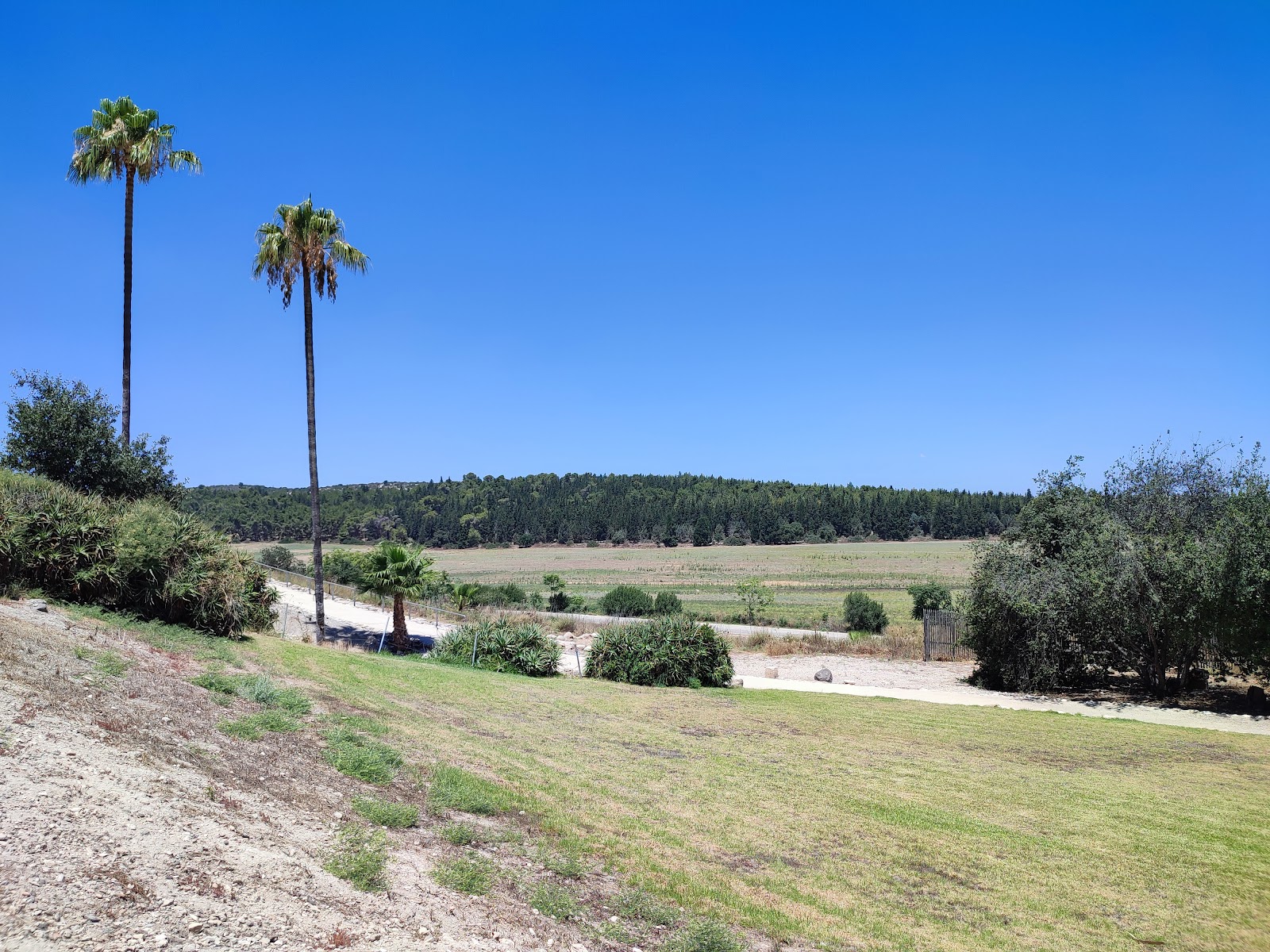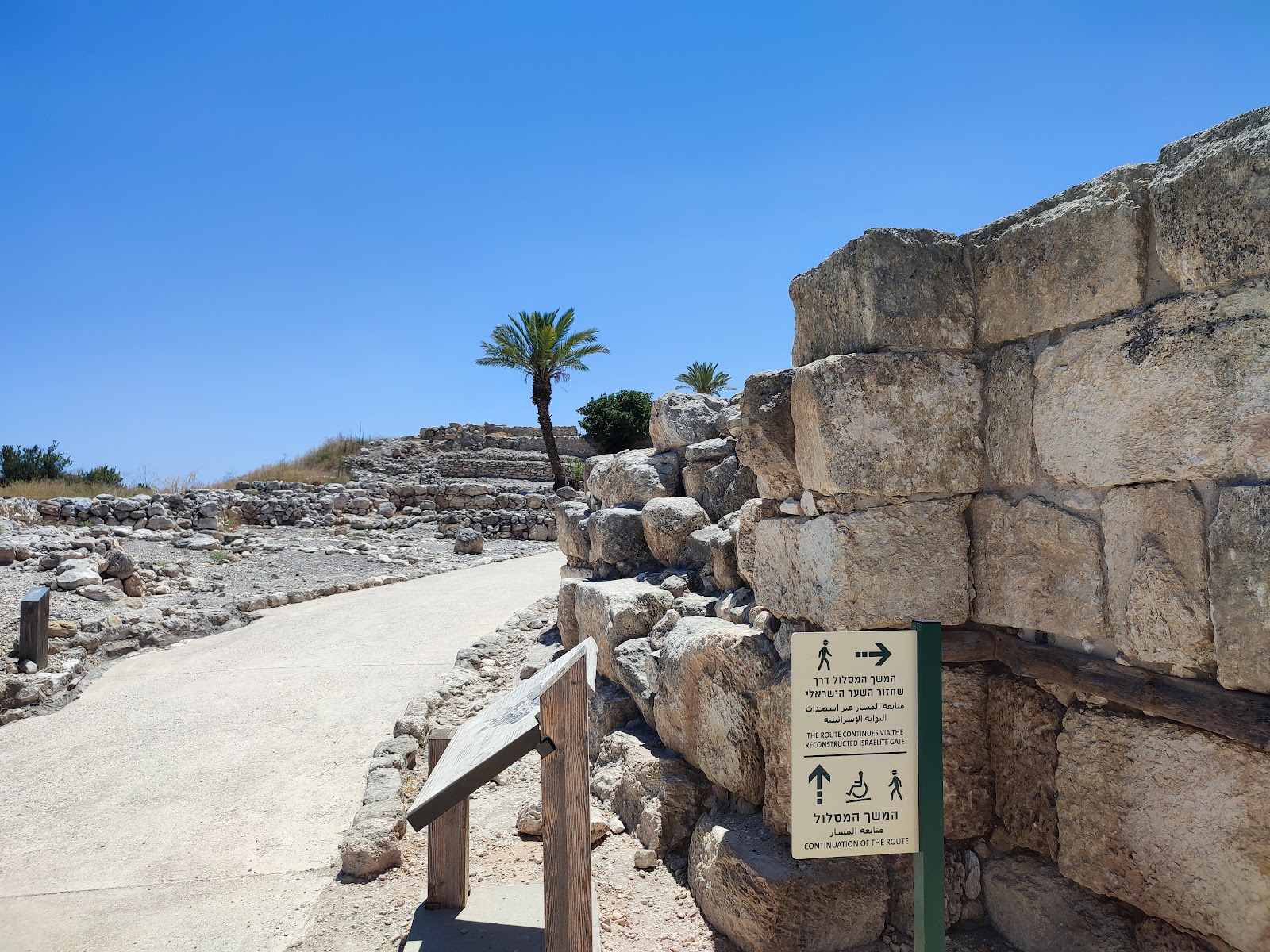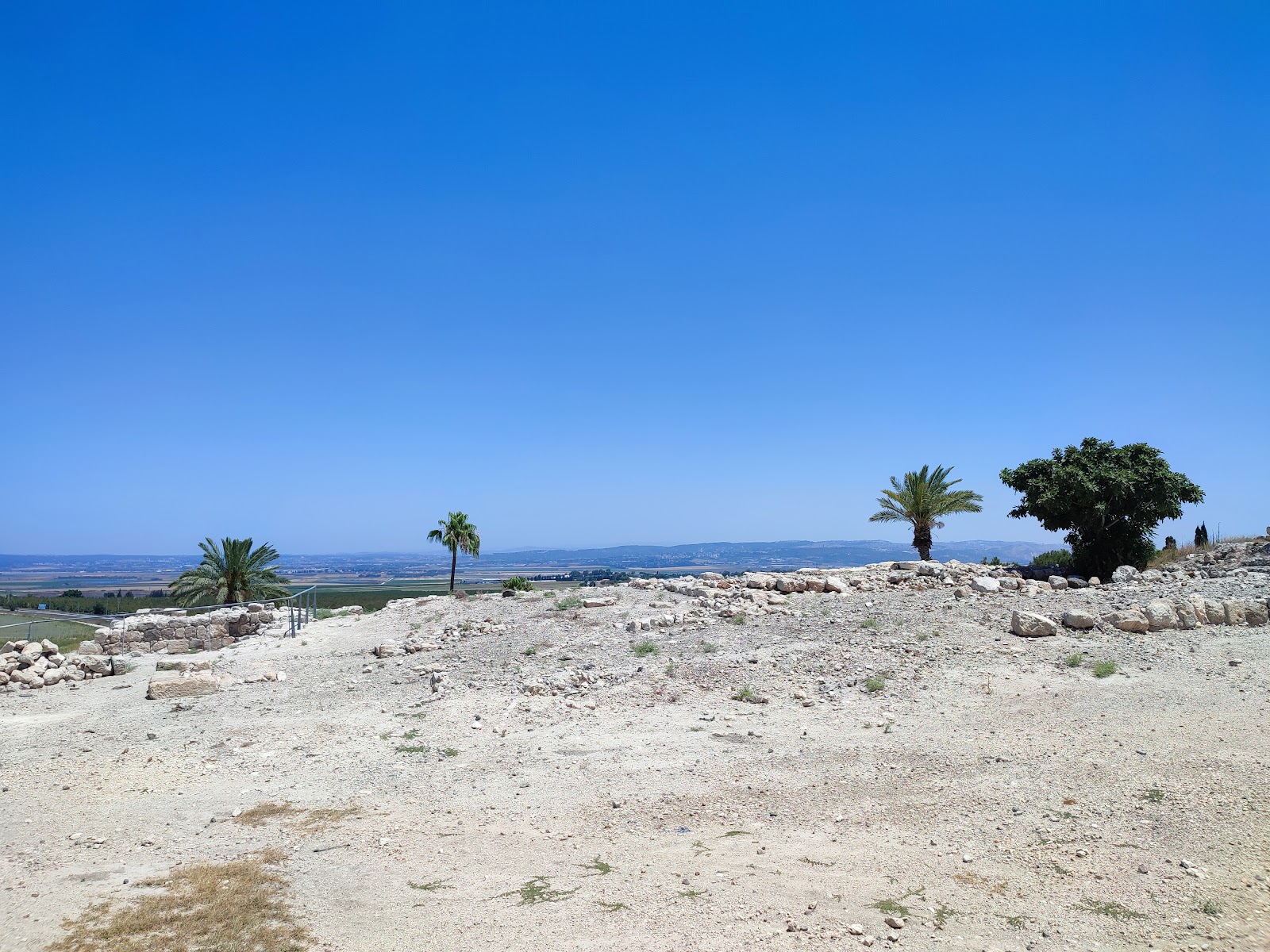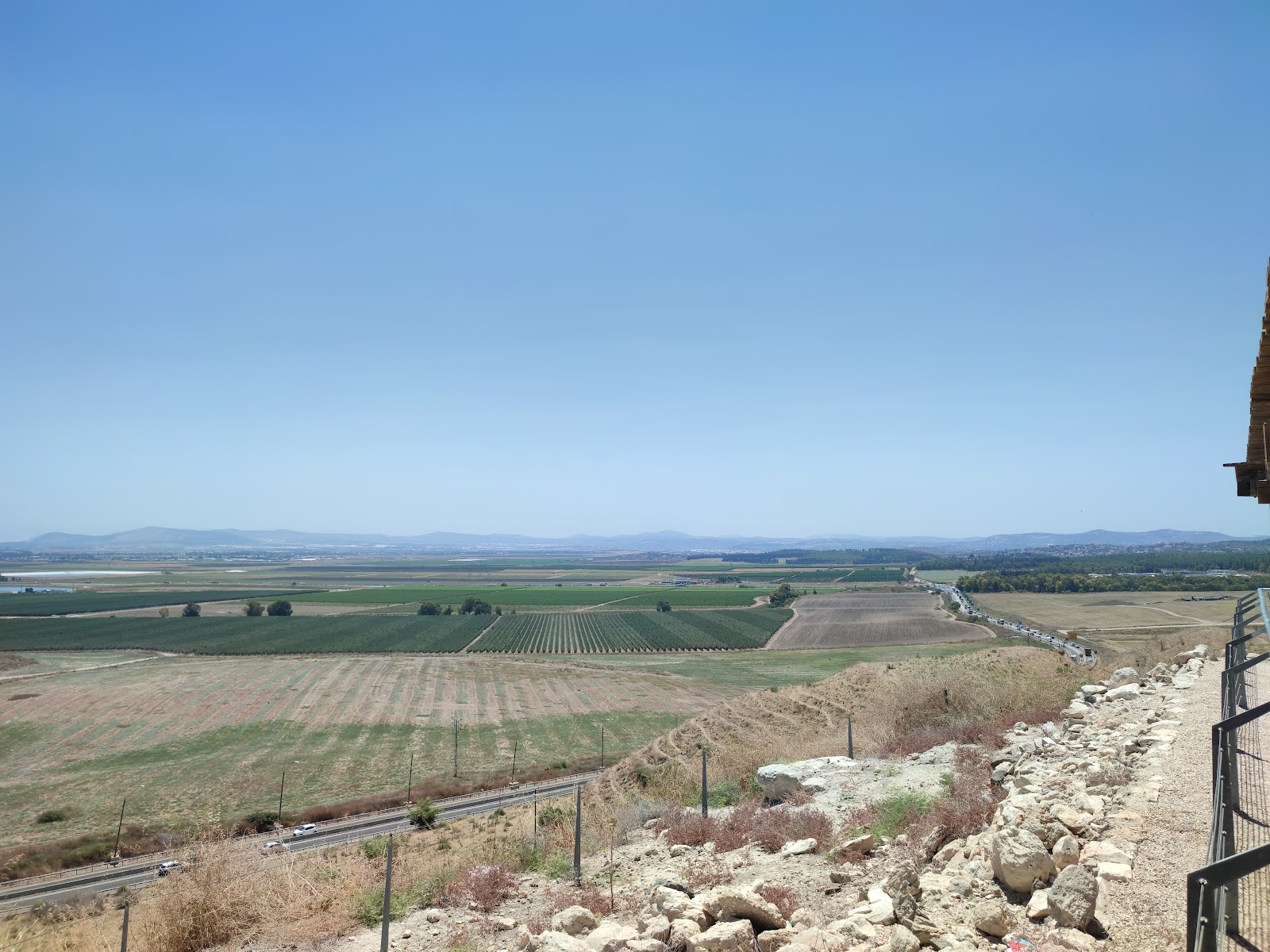In The Revelation of Apostle John, the last chapter of the New Testament is also called the Apocalypse. The fact is that it begins with this word, which in Greek just means "revelation". This future eschatological end of time is said to take place in Megiddo.
It details exactly what will happen at the end of the world -- the end of historical time: the second coming of Christ, his struggle with the Antichrist.
The Apocalypse is not read during liturgical services because this work is notoriously difficult to explain.
In the first lines of the Apocalypse, St. John indicates the purpose of writing the revelation: to predict the fate of the Church of Christ and the whole world. The mission of the Church of Christ was to revive the world by Christian preaching, to plant in the souls of people true faith in God, to teach them to live righteously, to show them the way to the Kingdom of Heaven. But not all people accepted the Christian preaching favorably.
The Apocalypse consists of a series of multi-layered compositional visions. The seer shows the future in the perspective of the past and present. So, for example, the many-headed beast in chapters 13-19 is the Antichrist himself and his predecessors: Antiochus Epiphanes, so vividly described in the prophet Daniel and in the first two Maccabees, is the Roman emperors Nero and Domitian, who persecuted the apostles of Christ, as well as subsequent enemies of the Church.
Importantly, in the Apocalypse, a certain timelessness is noticeable. It follows from the fact that the Apostle John contemplated the fate of mankind not from an earthly, but from a heavenly perspective, where the Spirit of God led him. In an ideal world, the flow of time stops at the throne of the Almighty and the present, past and future appear before the spiritual gaze at the same time.
Therefore, the author of the Apocalypse describes some of the events of the future as past, and the past as present. For example, the war of angels in Heaven and the overthrow of the devil from there - events that happened even before the creation of the world, are described by the Apostle John, as if they happened at the dawn of Christianity (Rev. 12). The resurrection of the martyrs and their reign in heaven, which covers the entire New Testament era, is placed by them after the trial of the Antichrist and the false prophet (Rev. 20).
A great impeding war between good and evil will transpire simultaneously on several fronts and will cover both the material and the angelic world.









